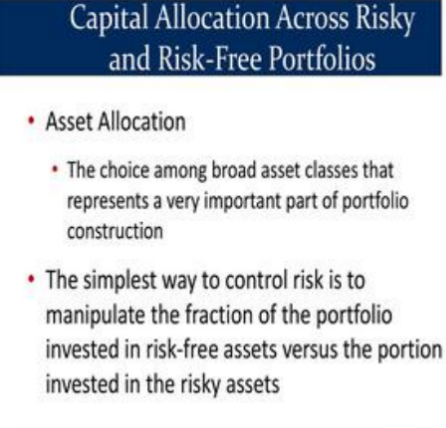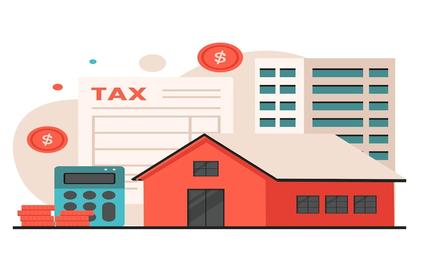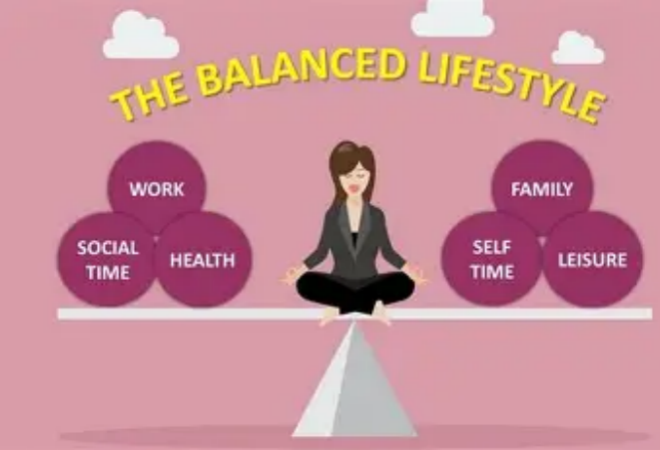For those who spend a lot, deciding between being self-employed and working for someone else is more than just a career choice; it greatly influences their views on money and their plans for building wealth over time. While many conversations center on the reliability of income, the subtle variations in how they think about finances highlight different routes to success.

Risk Perception and Capital Allocation
Workers frequently place great importance on having a stable income, considering a regular paycheck as protection against financial uncertainty. This outlook leads to cautious spending and investment strategies, with many individuals who earn high salaries investing a large part of their earnings in low-risk options such as government bonds or high-yield savings accounts. Take for example corporate leaders, who may choose to put 60% of their extra funds into these "secure" investment choices, preferring stability over higher profits.

Conversely, individuals who work for themselves frequently embrace measured risks to drive their progress. Business owners might reinvest 70% of their initial earnings into expanding their ventures, focusing on areas like research and development, boosting their marketing strategies, or exploring new markets. They view temporary financial challenges as essential to achieving substantial growth in the future, realizing that endeavors like technology startups or luxury brands necessitate bold investments to make an impact in the market.
Asset Building Paradigms
Typically, employees grow their wealth by acquiring valuable assets. This can include purchasing upscale real estate, gathering fine art, or creating a varied investment portfolio. Such assets are valuable over time and need little everyday management. For instance, a finance worker may buy high-end properties in desirable areas, letting property value increase and earning rental income that builds their wealth without much effort.
Conversely, people who work for themselves build resources aimed at their companies.A founder of a luxury fashion label, for example, puts money into developing their brand's value, its intellectual property, and a dedicated customer base. These intangible assets might be difficult to measure, but they can lead to significant profits as the business grows. Unlike employees who keep personal and work finances distinct, those who are self-employed often view their business as part of their overall wealth, blending personal financial strategies with corporate asset growth.
Cash Flow Management Strategies
In traditional jobs, managing cash flow focuses on creating a budget and using the benefits that employers offer. Employees with high salaries improve their cash flow by increasing their contributions to 401(k) plans, making the most of employer-sponsored health insurance, and utilizing stock options. Their financial strategy prioritizes a consistent lifestyle while steadily increasing their savings.

On the other hand, self-employed individuals need flexible cash flow strategies. Freelancers and small business owners often face unpredictable income, which can lead to periods of feast and famine. They establish emergency funds that cover 12 to 18 months of costs, use invoice factoring to speed up cash inflows, and negotiate longer payment terms with their suppliers. These proactive steps help them stay strong during economic challenges or slow times in business.
Tax Optimization Approaches
Typically, employees make use of common tax deductions and tax-saving options offered by their employers, including contributions to 401(k) plans and flexible spending accounts. Often, their tax approaches are reactive, focused on reducing tax obligations based on their current income levels.On the other hand, self-employed individuals tend to use more proactive tax strategies. They take advantage of tax benefits available to business owners, such as deducting home office costs, utilizing R&D tax credits, or claiming vehicle expenses. Service providers at the higher end may form LLCs or S-corporations to benefit from lower tax rates, while entrepreneurs in innovative fields can balance losses against future profits, thereby improving their long-term tax situations.
Long - Term Wealth Exit Strategies
Employees prepare for retirement by utilizing various options like pension plans, 401(k) rollovers, and annuities, with a focus on securing a steady income after leaving work. Their strategies for exiting the workforce often emphasize protecting their saved wealth, which may involve selling off some assets or shifting to investments that generate income.
On the other hand, those who are self-employed shape their exit plans with a focus on how much their business is worth. For instance, founders of tech startups look for profitable ways to exit, such as through acquisitions or initial public offerings (IPOs). Meanwhile, small-business owners might plan for successors or consider selling their companies to private equity firms. The path to creating wealth for these individuals is deeply linked to their business’s market value, and they need to carefully plan ahead to ensure they get the best possible returns when exiting.
In summary, the financial approaches of self-employed individuals and employees are quite different, particularly regarding risk tolerance, asset development, cash flow management, tax strategies, and exit plans for wealth. Individuals with high spending habits who face this decision should be aware of these differences, as syncing financial strategies with their career choices is essential for achieving lasting success.

Self - Employment vs Employment: Unraveling Financial Mindsets

The Rise of Family Trusts Among the Middle Class

Marital Property Division & Tax Planning

Best Side Hustles to Increase Your Money in 2024

Access Global Markets: Investing in Foreign Stocks Made Simple

Side Hustles vs. Investments: Income Boosters

Manage Cash Flow for Your Small Business
